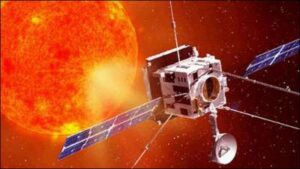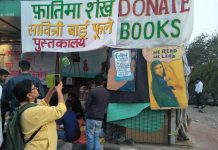Aditya-L1 observes the Sun: Indian solar spacecraft’s second instrument activated by ISRO. On Saturday, the Aditya Solar wind Particle Experiment (ASPEX) payload onboard India’s Aditya-L1 satellite began operating and functioning normally, marking another significant accomplishment for the Indian Space Research Organization (Isro).
The Solar wind Ion Spectrometer (Swis) and the Suprathermal and Energetic Particle Spectrometer (Steps) are the two instruments that make up the ASPEX, according to Isro.
The Swis instrument was activated on November 2, 2023, and it has performed at its best since then, whereas the Steps instrument became operational on September 10, 2023.
Concerning SWIS Instrument
Swis works in planes perpendicular to each other, utilizing two sensor units with a 360-degree field of view apiece. The device has measured solar wind ions—mostly protons and alpha particles—successfully.
The sample energy histogram, which was obtained from one of the sensors over a two-day period in November 2023, shows fluctuations in the counts of alpha particles (doubly ionized helium, He2+) and protons (H+).
With nominal integration time, these variations were captured, offering a thorough snapshot of the behavior of the solar wind.
The Swis’s directional capabilities allow for accurate measurements of solar wind alphas and protons, which greatly aids in answering long-standing concerns regarding the characteristics of the solar wind, its underlying processes, and its effects on Earth.
Isro claims that Swis’s observation of a shift in the proton to alpha particle number ratio may provide hints about when Coronal Mass Ejections (CMEs) arrive at the Sun-Earth Lagrange Point L1.
For space weather research, an elevated alpha-to-proton ratio is vital since it is frequently thought to be one of the most sensitive indicators of the passage of interplanetary coronal mass ejections (ICMEs) at the L1.
Notably, on September 2, the Satish Dhawan Space Centre (SDSC) in Sriharikota, Andhra Pradesh, launched Aditya-L1, India’s first dedicated solar mission, into space.


































